In today’s rapidly evolving educational landscape, artificial intelligence (AI) and large language models (LLMs) like ChatGPT are no longer futuristic tools but present realities reshaping the way we teach, learn, and conduct research. The article “Knock, Knock… Who’s There? ChatGPT and Artificial Intelligence-Powered Large Language Models: Reflections on Potential Impacts Within Health and Physical Education Teacher Education” explores these transformations with a focus on health and physical education teacher education (H-PETE). Here, we break down the key takeaways, discuss the research findings, and highlight the ongoing dialogue surrounding AI’s integration into the academic and professional spheres.
Key Takeaways
Embrace and Educate: The article calls for H-PETE educators and professionals to become familiar with AI-powered tools like ChatGPT. Instead of dismissing these advancements or relying solely on anecdotal predictions, the authors urge faculty and stakeholders to develop a deeper understanding of the technology. This proactive approach is intended to inform decisions about when, where, and how to integrate AI into teaching, learning, and research.
Potential for Enhanced Learning: One of the most notable opportunities identified is the ability of ChatGPT to support the creation and refinement of lesson plans and instructional materials. When guided by informed educators, AI can serve as a resident content expert that helps students transform initial drafts into more refined pedagogical outputs without bypassing the underlying learning processes.
Risks of Overreliance: A critical concern addressed in the article is the risk that students may become overly dependent on AI tools, potentially bypassing essential aspects of learning such as critical thinking and content mastery. There is a worry that if learners rely too much on automated outputs, they might miss out on the deeper educational benefits of constructing knowledge independently.
Reconfiguring Teaching Roles: For educators, the infusion of AI into the curriculum challenges traditional roles. While AI can augment instructional practices by offering diverse perspectives and updated content, it also raises questions about authority over content creation. The article stresses that this shift necessitates a re-evaluation of what constitutes subject matter expertise when digital technologies are integral to the knowledge creation process.
Ethical and Equity Considerations: Ethical questions loom large in the discussion about AI. The article delves into issues such as data privacy, intellectual credit, and the potential for digital inequity. With AI systems often built on vast amounts of publicly available data, concerns emerge about appropriate acknowledgment of original sources and the inadvertent reinforcement of existing disparities in access to quality digital resources.
Results and Discussion
The researchers present a balanced view of AI’s disruptive potential along with pragmatic recommendations for its integration into the H-PETE landscape. On the positive side, AI-driven tools like ChatGPT can democratize access to information by providing rapid, synthesized insights. This capacity is particularly valuable in environments where up-to-date knowledge is critical, enabling both instructors and students to stay current with emerging trends and research in their field.
However, the discussion also underscores significant pitfalls. The possibility that AI might encourage a shortcut mentality is particularly alarming. If students begin to see AI as a replacement for intellectual engagement rather than a supplementary tool, the depth of learning may diminish. Similarly, the reliability of AI-generated content is questioned—the accuracy of synthesizing information depends entirely on the data the AI model is trained on. Moreover, there is a risk that overreliance on tools like ChatGPT could devalue traditional academic skills such as research, writing, and critical analysis.
The conversation extends into the realm of professional practice. For teacher educators, there is an emerging need to develop guidelines that define ethical AI use. The call for a consensus statement within H-PETE echoes broader concerns across academia regarding the responsibilities of AI use, including how to ethically attribute work and safeguard academic integrity. This debate is not just about utilizing new tools but about redefining what professionalism and expertise mean in an age where digital outputs can rival human scholarship.
Moving Forward
The article is both a warning and an invitation: a warning that without cautious integration of AI, educators risk undermining foundational learning processes; and an invitation for the academic community to forge a path forward that capitalizes on AI’s potential while mitigating its risks. It’s a call to actively engage in dialogue, research, and consensus building so that the evolution of educational technology benefits all stakeholders equally and ethically.
In conclusion, as AI continues to mature, its role in health and physical education teacher education will only become more pronounced. By understanding both its advantages and its challenges, educators and institutions can harness AI-driven tools like ChatGPT to create a richer, more inclusive, and innovative educational environment—one that prepares future professionals to navigate a digitally intertwined world while upholding the core values of critical thinking and ethical scholarship.
Full Article:
Killian, C. M., Marttinen, R., Howley, D., Sargent, J., & Jones, E. M. (2023). “Knock, Knock … Who’s There?” ChatGPT and Artificial Intelligence-Powered Large Language Models: Reflections on Potential Impacts Within Health and Physical Education Teacher Education. Journal of Teaching in Physical Education, 42(3), 385-389. https://doi.org/10.1123/jtpe.2023-0058
This blog post was written with the assistance of AI to support clarity and accessibility. It is intended to help disseminate and discuss research findings with a broader audience. However, for the most accurate and reliable information—including conclusions and practical applications—please refer to the original peer-reviewed publication on which this blog is based. The peer-reviewed article remains the most authoritative source.
